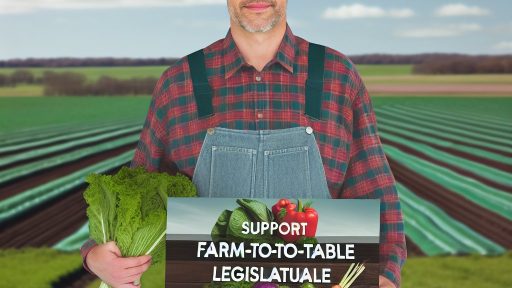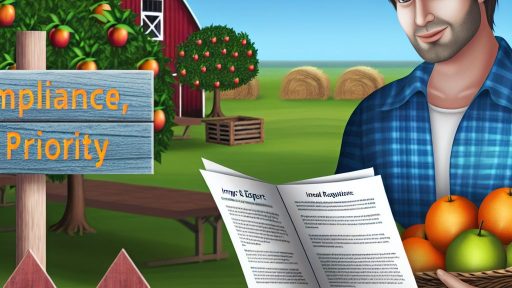Agricultural Policies and Regulations
Navigating Agricultural Policies and Regulations: A Guide for Farmers
Understanding agricultural policies and regulations is essential for farmers who aim to navigate the legal landscape effectively and leverage available opportunities.
These policies and regulations impact everything from land use to market access, and staying informed can mean the difference between thriving and merely surviving.
This guide highlights the key aspects of agricultural policies and regulations, offering insights into compliance, advocacy, and the impact on farming practices.
Understanding the Basics
Land Use Regulations
- Overview: Dictate what activities can occur on agricultural land.
- Purpose: Protect farmland from urban sprawl and non-agricultural uses.
Environmental Regulations
- Focus: Ensure farming practices do not harm the environment.
- Includes: Restrictions on pesticide use, water rights, and soil conservation.
Subsidies and Grants
- Opportunity: Financial assistance programs support certain crops or farming practices.
- Challenge: Navigating the application process can be complex.
Compliance and Best Practices
Staying Informed
- Action: Regularly review updates from agricultural departments and industry bodies.
- Benefit: Ensures compliance and maximizes potential benefits.
Record-Keeping
- Necessity: Maintain detailed records of farming practices, pesticide use, and sales.
- Advantage: Facilitates compliance with regulations and subsidy applications.
Certification and Audits
- Process: Some markets require certification that farming practices meet specific standards.
- Preparation: Regular self-audits can prepare farms for official inspections.
Market Access and Trade Policies
Export Regulations
- Impact: Determine how and where farm products can be sold internationally.
- Consideration: Tariffs and trade agreements can affect profitability.
Quality Standards
- Requirement: Comply with national and international quality standards for produce.
- Result: Access to a wider range of markets and potentially higher prices.
Advocacy and Policy Engagement
Farmer Representation
- Need: Joining agricultural associations can provide a stronger voice in policy discussions.
- Outcome: Influence policies that affect the agricultural sector.
Participating in Consultations
- Opportunity: Governments often seek input from stakeholders on proposed regulations.
- Strategy: Engage in consultations to advocate for favorable policies.
Navigating Challenges
Regulatory Changes
- Reality: Agricultural policies and regulations can change, impacting farming operations.
- Response: Flexibility and proactive planning are key to adapting to new rules.
Environmental Responsibility
- Balance: Meeting regulatory requirements while maintaining profitable farming practices.
- Approach: Implement sustainable practices that comply with regulations and enhance farm viability.
Conclusion
Agricultural policies and regulations play a crucial role in shaping the farming landscape.
By staying informed, maintaining compliance, and engaging in advocacy, farmers can navigate this complex field effectively.
Understanding and adapting to these regulations not only ensures legal compliance but also opens up opportunities for growth, sustainability, and market expansion.
The future of farming depends on a collaborative effort between policymakers and the farming community to create a regulatory environment that supports innovation, environmental stewardship, and food security.









